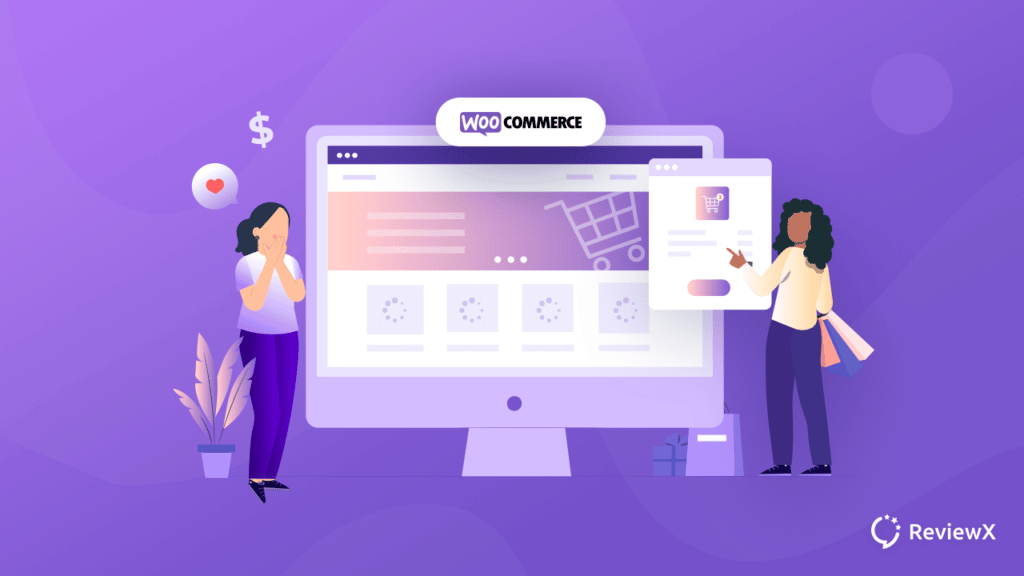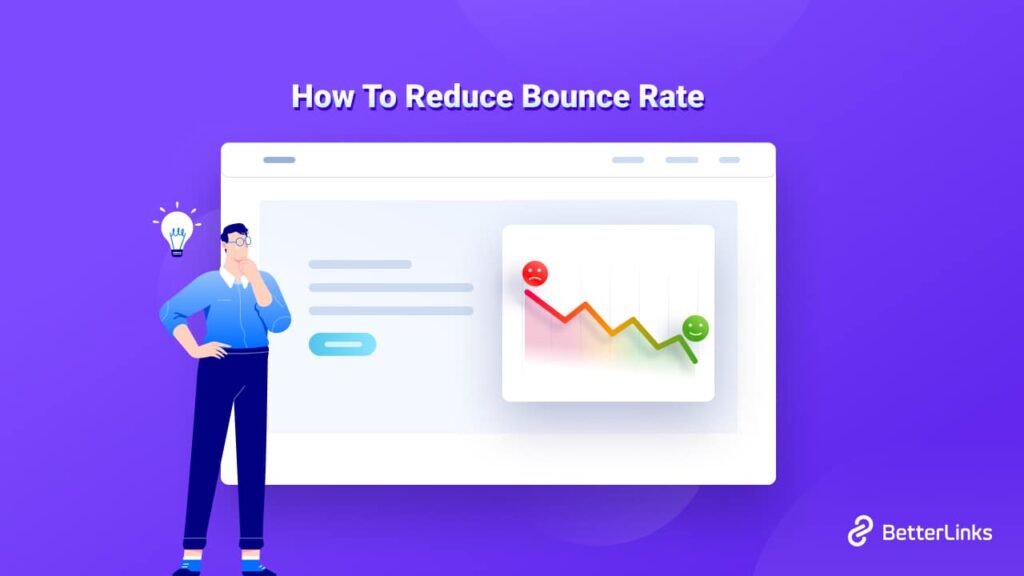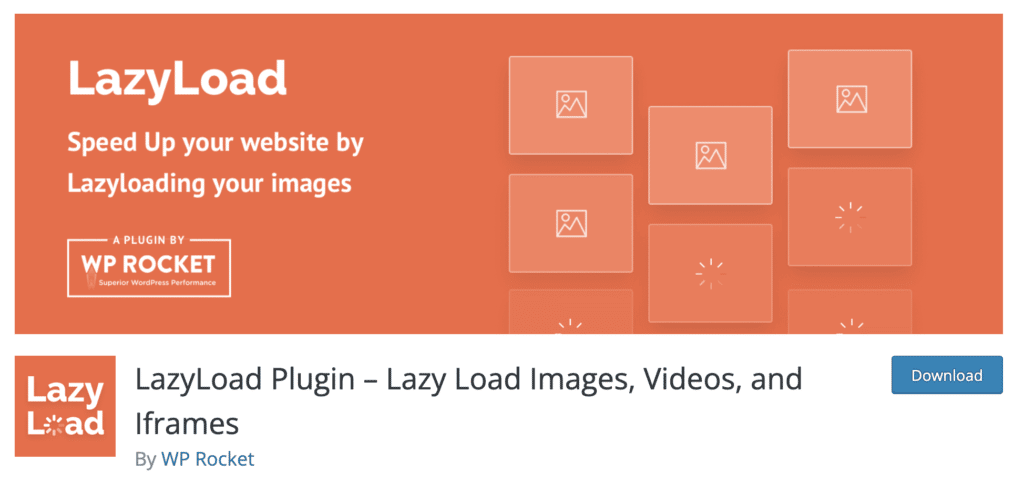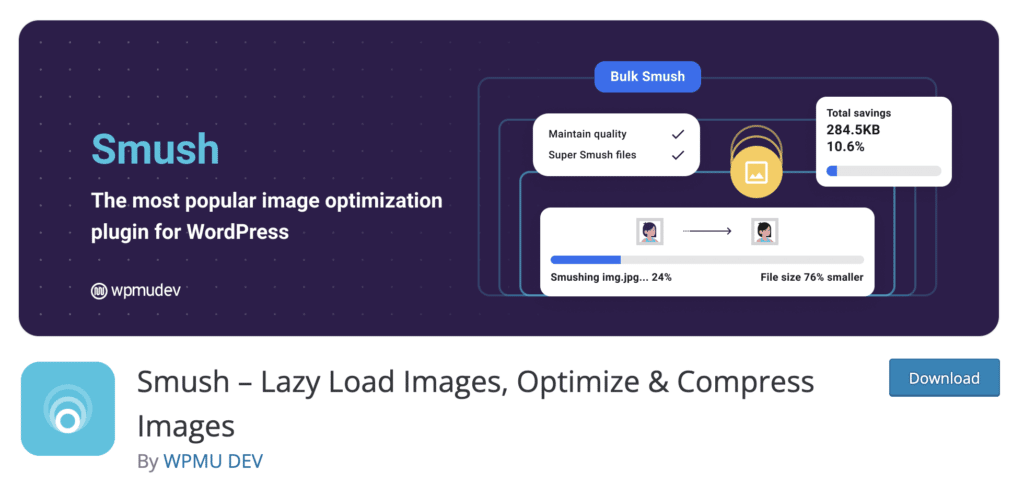When exploring websites or WooCommerce stores, you may often see website content loads with scrolling. It’s because lazy loading is enabled on those sites. Is it the first time you are hearing about the lazy loading effect? Then today you are going to get everything you need to know about lazy loading in WordPress as well as in WooCommerce stores.

Apart from backend coding, a website or WooCommerce store has texts, images, GIFs, thumbnails, videos, and other elements. There is a direct relation between your page load speed and the number of content your site has. When you have more content on a website, it takes more time to load your site.
Images, videos, and other such content take up a lot of memory in the database. Especially rich content, larger images, etc. When anyone visits your site, the database loads all the elements and then showcases them on your site. When the database gets heavier, it takes more time to load. Thus site visitors can’t see everything on your site at once. The site loads slowly. And a slow site never brings good for you!
What Is Lazy Loading?
To solve the website’s slow loading time issue, the lazy loading concept was created! Lazy loading is an optimization approach that postpones the rendering and loading of content below the fold while the visible range is loaded. As a result, the lazy loading feature ensures that images only load when the user’s browser is open. Lazy loading loads one WooCommerce product page at a time using AJAX.
Suppose your WooCommerce store has 20 or more photos on the home page. Lazy loading will just load a few top images immediately, with the rest loading as the user scrolls down the page. As a result, the time it takes for a page to load is significantly reduced, improving the user experience.
Because all matched content is retrieved from the database and prepared by the plugin, the default configuration may cause performance concerns when dealing with a high number of products. This could result in a slower page load time and, in the case of big product databases, a website crash, server, or database error when attempting to load the table. To avoid speed concerns in such circumstances, you can use lazy loading in WordPress.
What Happens In Woocommerce Store After Implementing Lazy Loading?
When you enable lazy loading for WooCommerce stores, a few things will work differently for your website. Here is the list of items on which lazy loading has direct control.
- The filter dropdowns above the table will function differently. Regardless of the products on the table, they will show all conceivable items. As a result, some filter options may be inapplicable to specific products in your table. When you select an item from one of the filters, the content of the other filter dropdowns will not change.
- For lazy loading, the search box acts differently. Rather than searching the table contents, the search box above it searches the product name, SKU, and short and long descriptions (regardless of whether these are present as columns in the table). The search box does not search the table’s additional columns, such as attributes, custom fields, taxonomies, etc.
- Different variations will not work on your WooCommerce store Products page if using lazy loading. You can only use variations=”dropdown” to show product variations as dropdown lists in the Add To Cart column.
Best Use Cases Of Lazy Loading In Woocommerce
Wondering when to enable lazy loading for your website? We have hand-picked the three most apparent use cases of lazy loading to better understand when you should allow lazy loading. Let’s check them out.
1. Lazy Load Images, Videos & iframe
Images use a lot of bandwidth and storage space. You can use a Lazy Loading plugin to enable or disable picture loading. Images on posts, pages, and custom post kinds, as well as all content areas; sidebar, header, and footer; post thumbnails, Gravatars, products, additional images, and so on.
You can enable lazy loading on videos as well. You can apply lazy loading on all WordPress video embeds that use iFrames to load videos on the initial load. Other mentioned areas are videos in widget types, text widgets, and HTML widgets.
3. Lazy Load Comments & Reviews
You can also control your WooCommerce store comments and reviews using lazy loading. Usually, in the comment and review section, there are sometimes lots of them. And when your site loads, it takes a lot of time to load. Lazy loading can apply to default WordPress comments, Disqus comments, WooCommerce reviews, etc.
What Is The Impact Of Lazy Loading On Seo & Performance?
When we dig deeper into anything, we find that it has multiple aspects. Similarly, the impact of lazy loading on SEO has two sides. Let’s look at the advantages and disadvantages of lazy loading’s effect on SEO and performance.
🚀 Positive Impacts On SEO
When it comes to SEO, lazy loading has so many good impacts. Here are the top benefits of lazy loading.
Improves Page Performance
The lazy loading approach saves bandwidth while still allowing users to see your data and your audience will be able to swiftly access your site. You’ll save bandwidth on the rest of your page if you put the content people want at the top. It’s a simple technique to retain visitors to your site. You make it easier for them to get important information by simply loading it when needed.
When the rest of the photos on a webpage are delayed, it saves storage space and prevents wasteful code execution. Your page loading speed will be improved if you have a fast website. With a fast website, increasing the efficiency of your numerous SEO initiatives would be easier. Furthermore, it is free and will assist you in gaining users from both organic and sponsored search results.
Enhances Online Store User Experience
The most significant advantage of lazy loading is that users can swiftly access your material. It takes longer when you try to load your complete page at once. If your information takes too long to load, you may lose leads. The rest of the material will load when they scroll down your website. You may boost your audience’s engagement by timing their access to content. It is entirely up to them to read your material in their own time and load the rest as they scroll down your website. It helps you give material at the exact time your audience wants it and decrease your website’s bandwidth.

It Helps You Maximize Your Resources
Lazy loading can help you save time and money. You conserve bandwidth and data, and the browser has to do less work because you don’t have to load the entire website every time someone views it. This helps you to save resources while increasing the number of visitors that visit your website. It enables you to customize your website according to visitors’ information. Some users will visit your site and look for content towards the top, while others will go deeper. When you load your website, you use fewer resources in the process.
Keeps Visitors On Your Site Longer
Users can get more information on a quick site, which means they will spend more time on it. People will discover more about your company due to their lengthier stay on your page. It’s critical to keep customers to grow your business. If your website loads quickly, your visitors will likely stay on it.
Thanks to lazy loading, your viewers will have rapid and easy access to material. Your site’s users will be less likely to abandon it. They’ll take the time to read your materials and learn about your company. This helps you to decrease the bounce rate and achieve long-term conversions. When visitors stay on your site for an extended period, they become more familiar with your brand.

⛔ Drawbacks Of WordPress Lazy Loads
Apart from these countless positive impacts of SEO, lazy loading also has some minor drawbacks. Images, videos, and other information are not initially loaded for users, and search engine crawlers follow a similar pattern. There’s a chance that Lazy Loaded content won’t be indexed in Google’s image/video section, which could hurt SEO. Adding links to your content can help you overcome Lazy Load. Google will index the material as a typical web page in this case.
Image Lazy Loading Affects Search Ranking
Images that aren’t indexed but are vital to the page’s content may have a big impact on the page’s search ranking. If a product image on an eCommerce site’s product page is not correctly indexed, the product page’s search ranking may suffer greatly.
4 Lazy Loading Plugins To Improve Page Load Speed
We’ve now covered how lazy loading reduces the time it takes for your website to load. With that in mind, here are some of the best WordPress lazy loading plugins for improving page response times and overall website speed. Consider these four plugins if you’re ready to implement lazy loading.
A3 Lazy Load

a3 Lazy Load is a good solution for websites that use a lot of media because it comes with the most popular WordPress plugin explicitly created for lazy loading. It is, first and foremost, simple to set up and operate. The A3 Lazy Load, in comparison to other plugins, is more mobile-friendly. You may easily add lazy-loading e-commerce sites to your website using this plugin.
This plugin is compatible with both the WooCommerce plugin and other sophisticated plugins. In comparison to other plugins, this one is simple to set up. You can decide how and when a piece is visible depending on your preferences. It’s a fantastic post, page, thumbnail, and widget plugin.
Lazy Load By Wp Rocket

It’s one of the many free WordPress slow load plugins available. Lazy load By WP Rocket plugin handles thumbnails, avatars, background pictures, text, iframes (which can be replaced with a thumbnail image), and anything else that might slow down your site’s loading time.
The plugin speeds up a website’s loading by reducing the HTTP request mechanism. Lazy Load by WP Rocket keeps its features up to date with regular upgrades to keep up with other complex plugins. A script that does not include a JavaScript library, such as jQuery, and is less than 10KB in size.
Smush Lazy Load Plugin

Smush is well-known for its image optimization features, and a good reason, it has everything you need to keep images from slowing down your pages, such as compression, resizing, and lazy loading. Smush allows you to compress your website’s images without slowing it down or compromising its performance.
The Smush plugin is activated with just a few clicks. It allows you to optimize each image individually or in bulk once engaged (up to 50 images at once). This plugin works well with other popular plugins and WordPress themes to keep your site optimized and people coming back. The best thing is that you don’t have to pay for Smush’s premium edition to view the page.
Lazy Loader

Lazy Loader is a lightweight lazy sizes script used by this lazy loading plugin, which handles pictures, iFrames, video, and audio elements. It is also possible to lazy load background pictures, scripts, and styles manually modifying the markup.
✨ Bonus: Apply Lazy Load In Embedded Content With EmbedPress
Apart from uploaded videos and images of your site, there are more kinds of content on your site. Such as embedded images, videos, polls, reviews, etc. with the help of the most popular embedding plugin, EmbedPress, you can instantly enable lazy loading. This stunning PRO feature will help you to apply lazy loading on videos embedded by URL, and direct video rescues like YouTube, Vimeo, GIFs, Imgur, SmugMug, and other 150+ sources.

How To Enable Lazy Loading Globally?
You can enable lazy loading by adding lazy_load=”true” to the shortcode directly within the product table shortcode, or globally on the plugin settings page. Here is the shortcode example:
[product_table lazy_load="true"]Now You Have Default Lazy Load In WordPress
Lazy loading has become so popular that WordPress now has a built-in lazy loading feature from WordPress 5.8 release. You can enable default lazy-loading in WordPress without requiring technical knowledge or even an understanding of lazy-loading as a concept. As we already know, it has a tremendous impact on performance and user experience for millions of sites. WordPress has an excellent opportunity to lead the road toward a speedier online by adopting the new loading property. Default WordPress lazy loading applies to images, iFrame, videos, etc.
Get Started With WordPress Lazy Loading
When your prime concern is to make your WooCommerce store fast and increase user engagement, you should undoubtedly go for lazy loading. When someone visits your website, lazy loading will make photos above the fold first, but the remaining images load after the viewer has viewed them. As a result, offscreen visuals are deferred until they are required. Many image-heavy websites employ this strategy.
Enjoyed this tutorial? If you want to keep yourself updated with helpful guidance for your WooCommerce store, subscribe to our blog.
